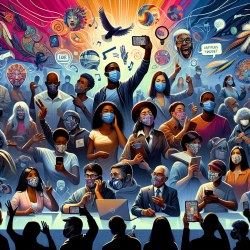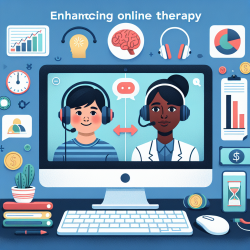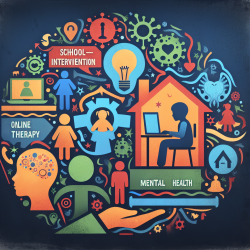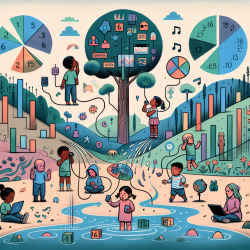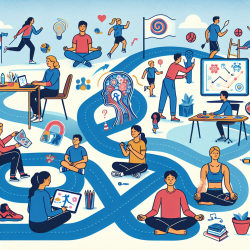Introduction
The COVID-19 pandemic has brought about significant changes in how we interact with one another, particularly through the use of face masks. These changes have prompted researchers to explore the effects of mask-wearing on interpersonal communication. A recent study titled "The face behind the mask: The future of interpersonal interaction" sheds light on the challenges and adaptations in communication due to mask usage. This blog post will delve into the findings of this study and provide practical insights for practitioners, especially those working with children, to enhance their communication skills in a masked world.
Understanding the Impact of Masks on Communication
Face masks, while crucial for public health, obscure facial features that are vital for recognizing emotions and intentions. The study highlights that masks disrupt holistic face processing, a critical component of face perception. This disruption can lead to misunderstandings and miscommunications, especially in healthcare and educational settings where clear communication is paramount.
Adaptations and Innovations
Despite these challenges, the study also points to innovative strategies like the PPE Portrait Project. This initiative involved placing smiling headshot stickers on healthcare workers' protective gear to humanize interactions and foster trust. Such adaptations can be applied in educational and therapeutic settings to improve communication with children, particularly those with autism or hearing impairments.
- Use visual aids like photo stickers to enhance recognition and emotional connection.
- Encourage the use of masks with transparent panels to aid lip-reading.
- Implement training for educators and therapists to focus on eye cues for emotion recognition.
Practical Implications for Practitioners
For practitioners working with children, especially in speech-language pathology, understanding these adaptations is crucial. Here are some practical steps to enhance communication in a masked world:
- Emphasize Eye Contact: Train children to focus on eye expressions to gauge emotions and intentions.
- Incorporate Visual Tools: Use visual aids like emotion cards to supplement verbal communication.
- Enhance Listening Skills: Encourage active listening techniques to compensate for the lack of visual cues.
Encouraging Further Research
While current adaptations are promising, further research is needed to fully understand the long-term effects of mask-wearing on communication and social interaction. Practitioners are encouraged to engage with ongoing research and contribute to studies that explore innovative communication strategies in masked environments.
To read the original research paper, please follow this link: The face behind the mask: The future of interpersonal interaction.
